Wildlife in Europe
Terrestrial wildlife in Europe
Of the 11 bioregions defined by the European Environmental Agency, the largest ones are the Continental (large parts of central and eastern Europe) and the Boreal (Baltic and northern Russia), followed by the Mediterranean (the Iberian, Italic and Balcanic peninsulas) and the Atlantic (northern Iberia and central and northern European west coasts) ones. The Alpine bioregion is split into several spots following the main mountain chains.

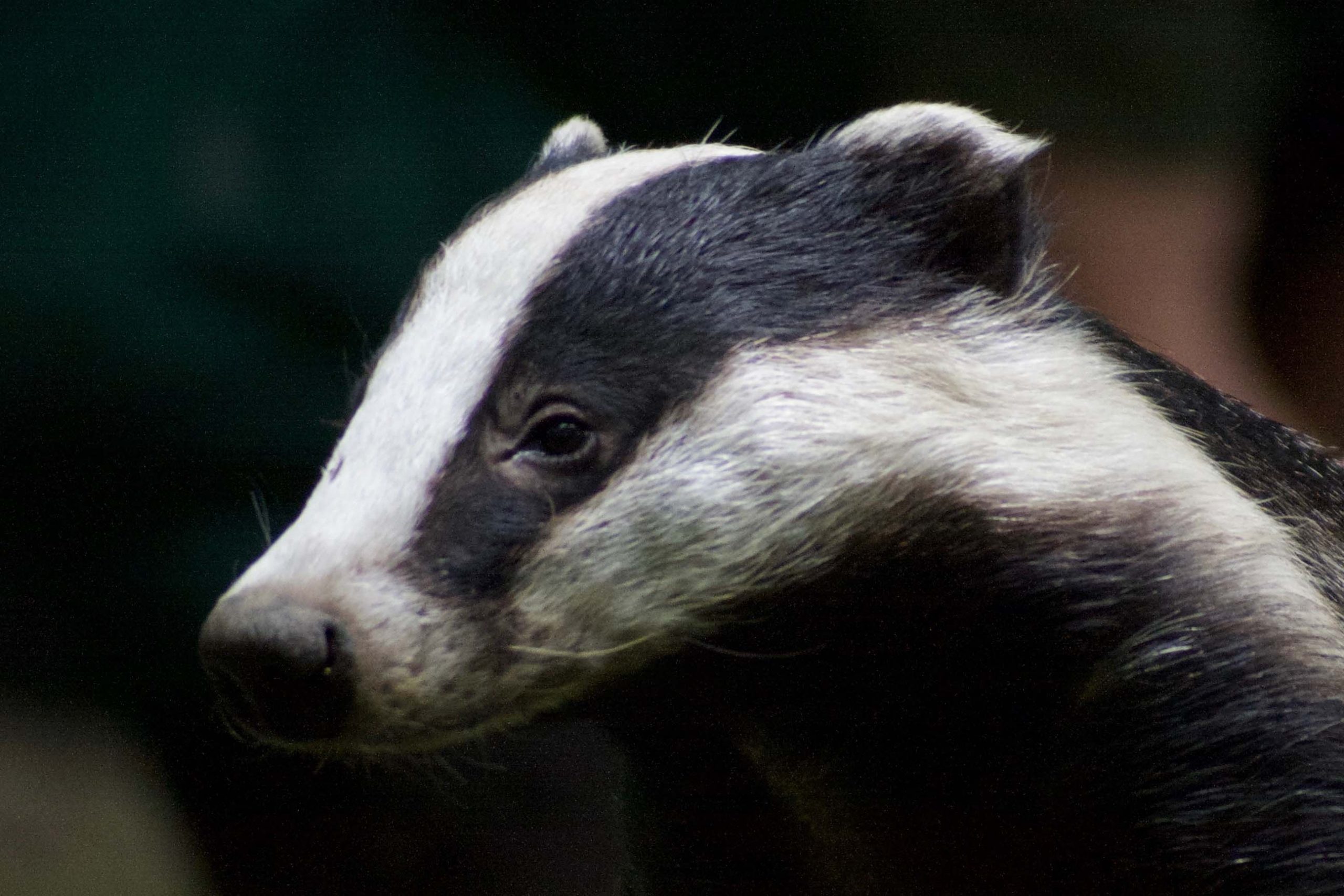
Many small mammal species are poorly studied, and their distribution and ecology are often unknown. Nevertheless, small mammals are extremely important as they provide many ecosystem services and are also increasingly used in ecological and ecotoxicological studies, as indicators, and they play a role for shared diseases.
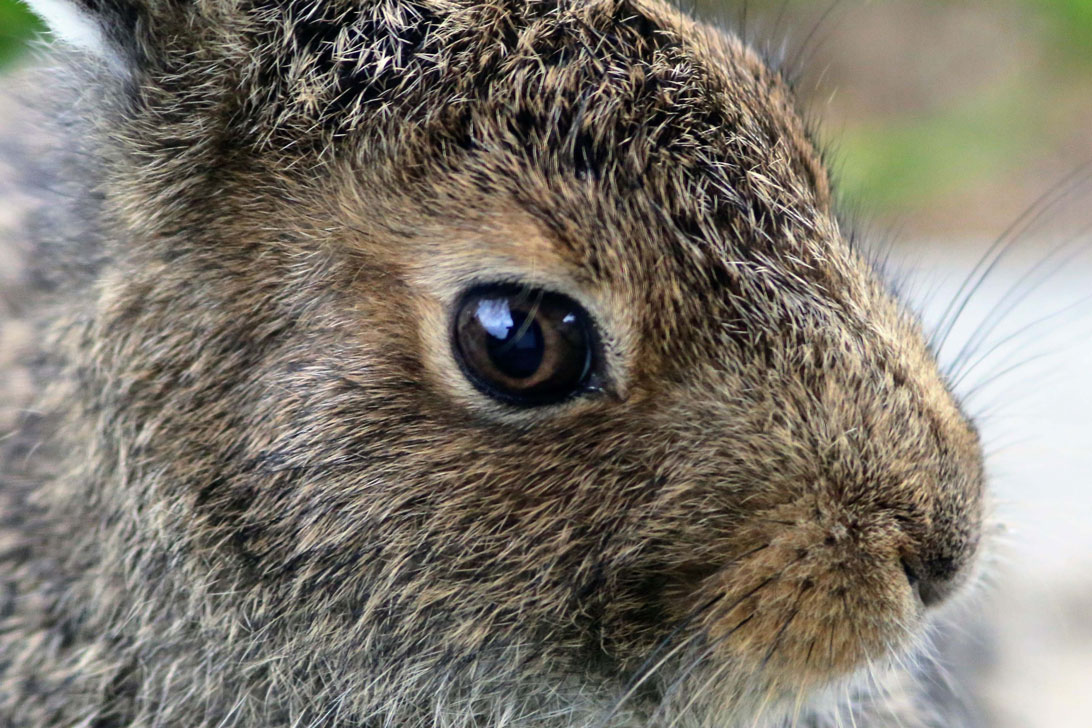
Lagomorphs, as hares (Lepus spp) and the European wild rabbit (Oryctolagus cuniculus) may represent key components of the trophic cascade and have been recently demonstrated to be a maintenance host for vectors and zoonotic vector-borne disease. Generally, rabbits are locally abundant, while hare population trends are generally declining.
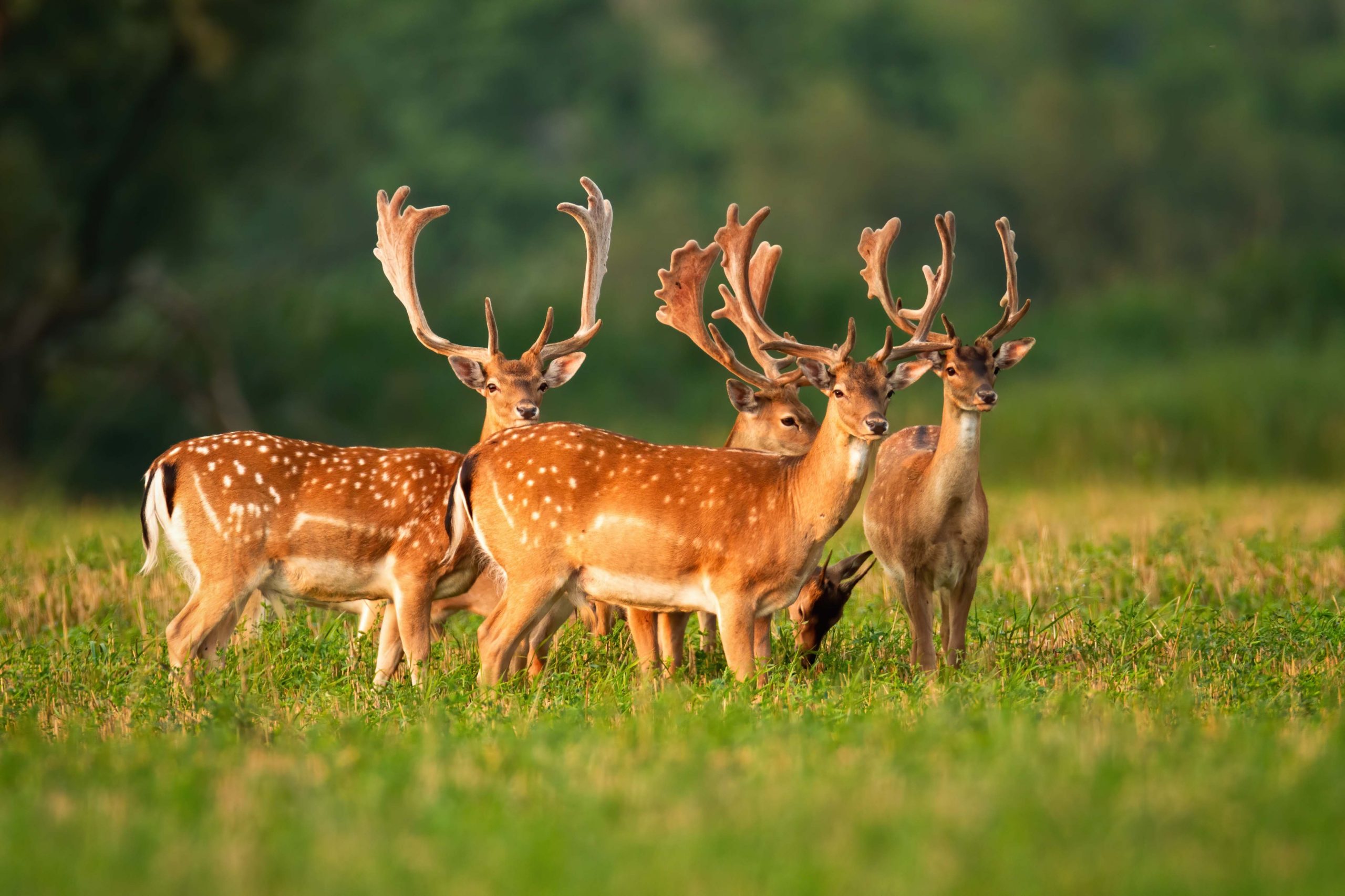
Among the wild ungulates, the generally widespread red deer, roe deer and wild boar are possibly the most relevant species involved in conflicts in Europe. They are expanding both in geographical range and in number throughout Europe (specially the wild boar).
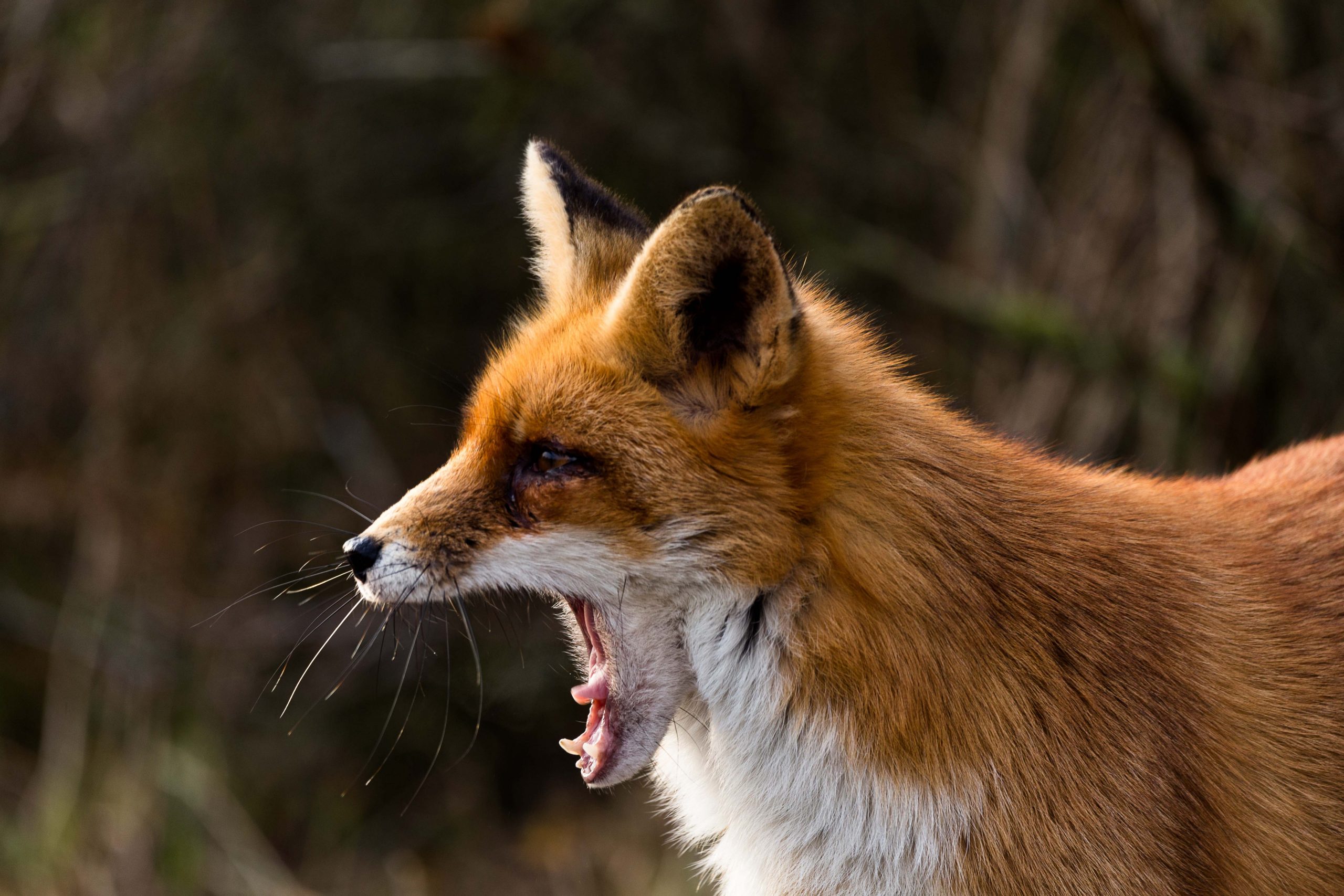
Carnivores as predators, play a relevant ecological role inside the trophic network. In total there are 35 species (“IUCN Red List of threatened species,” 2012) of carnivores in Europe including native and exotic ones. Several wild carnivore species are widely distributed across Europe, whereas the distributions of others are more restricted or associate to certain regions or habitats.
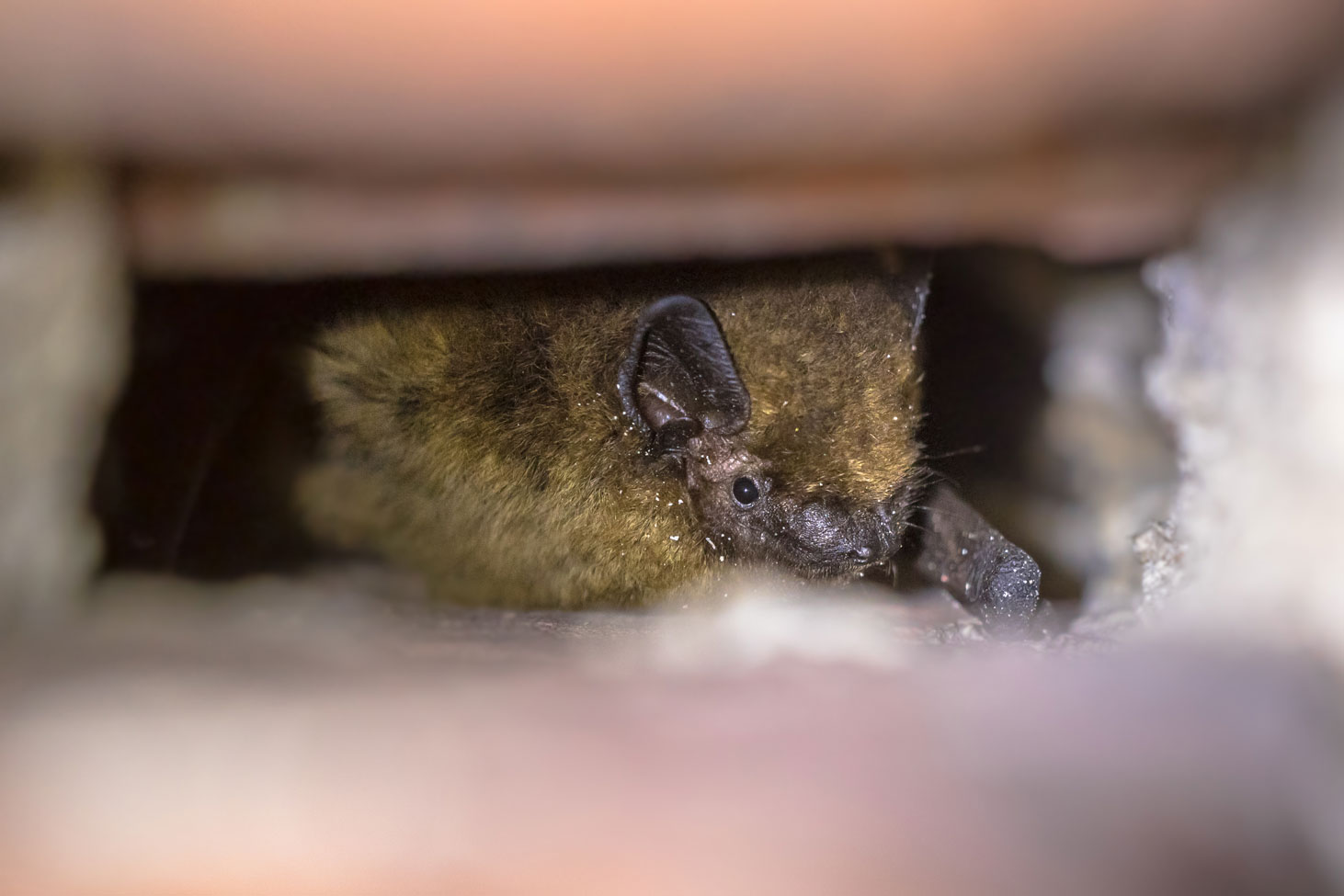
Bats, insectivores, and other mammals are relevant for ecosystems (e.g., plant pollination and seed dispersal) and conservation.
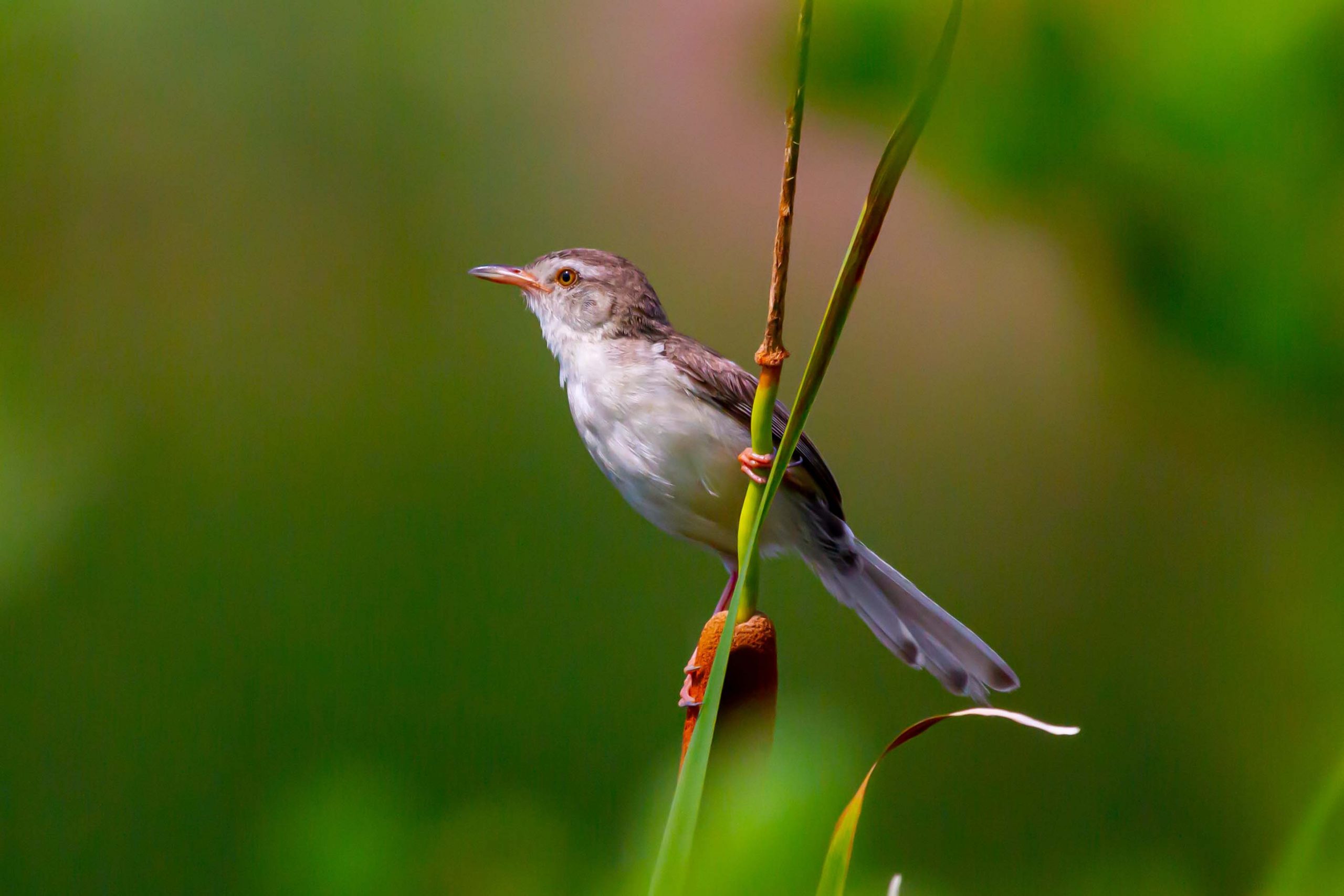
There are about 700 bird species in Europe, and they represent an enormous biodiversity and recreational value. Link
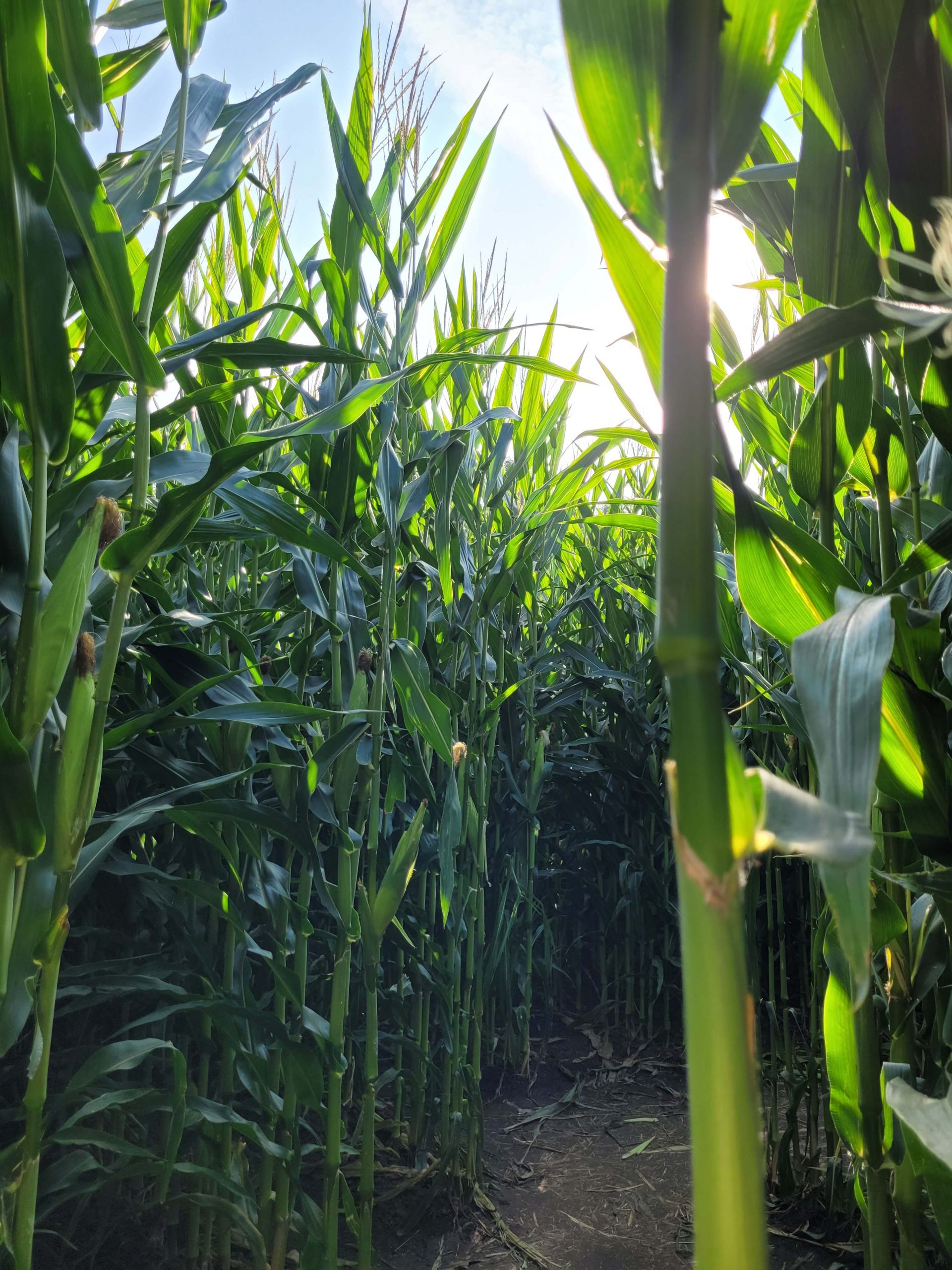
European environment under continuous change and wildlife answer
Massive changes in habitat (e.g., rural abandonment) and human population growth have had significant effects on European wildlife communities.
Land use changes are still going on at a high rate. In the last 60 years however, deforestation has been reverted and forest surface has grown in most if not all European countries.
Biodiversity loss due to human-mediated habitat change (e.g., due to agriculture intensification) has been more intense in Europe than in other less densely or more recently populated regions of the world.
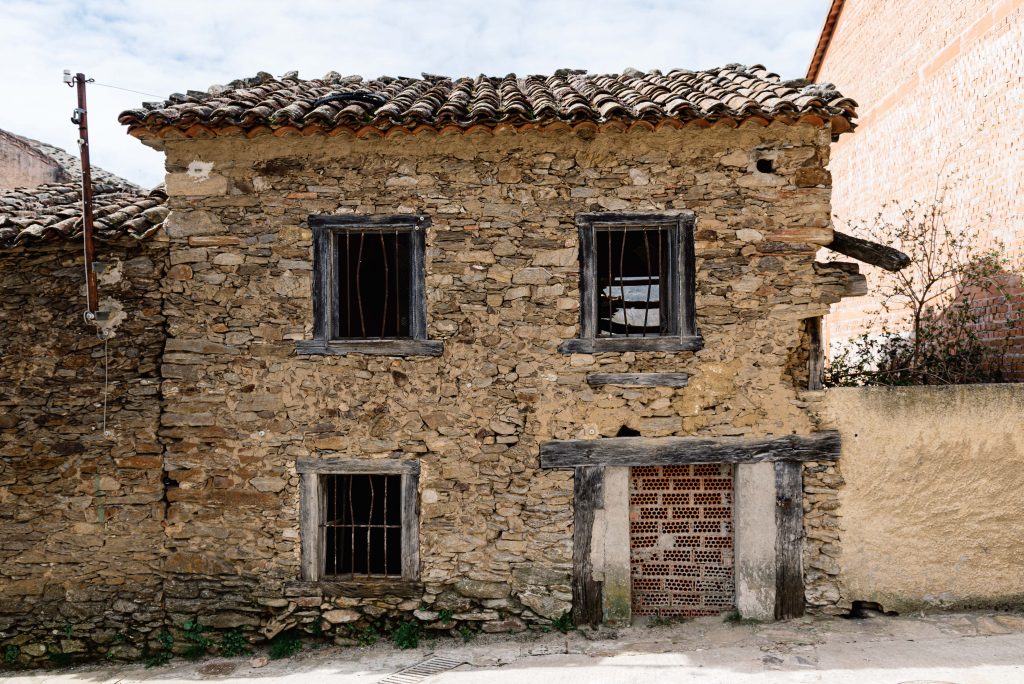
All these changes have favoured the population growth of a few successful species, including several carnivores such as the red fox (Vulpes vulpes), most ungulates and relatively few highly adaptable bird species. In general terms, opportunistic species that benefit from anthropogenic habitat change have seized this opportunity.
Large predators are recovering almost Europe-wide due to a decrease in human persecution driven by widespread rural land abandonment, paralleled by forest cover increase. By contrast, specialist species and lowland species which are more susceptible to modern agriculture and habitat loss are in general terms declining.
Driven by the changes in habitat and animal populations, as well as in human behaviour, there is an emergence or re-emergence of infections shared between wildlife and livestock, and considering that some of them are zoonotic, an increased impact of wildlife health on human health.
Linked with this spatial change also the human dimension has greatly changed with a move from the “rural approach” that consider animal as useful or pest, towards a conservationist approach and in the last decades with some fringe that shown an animalist approach.
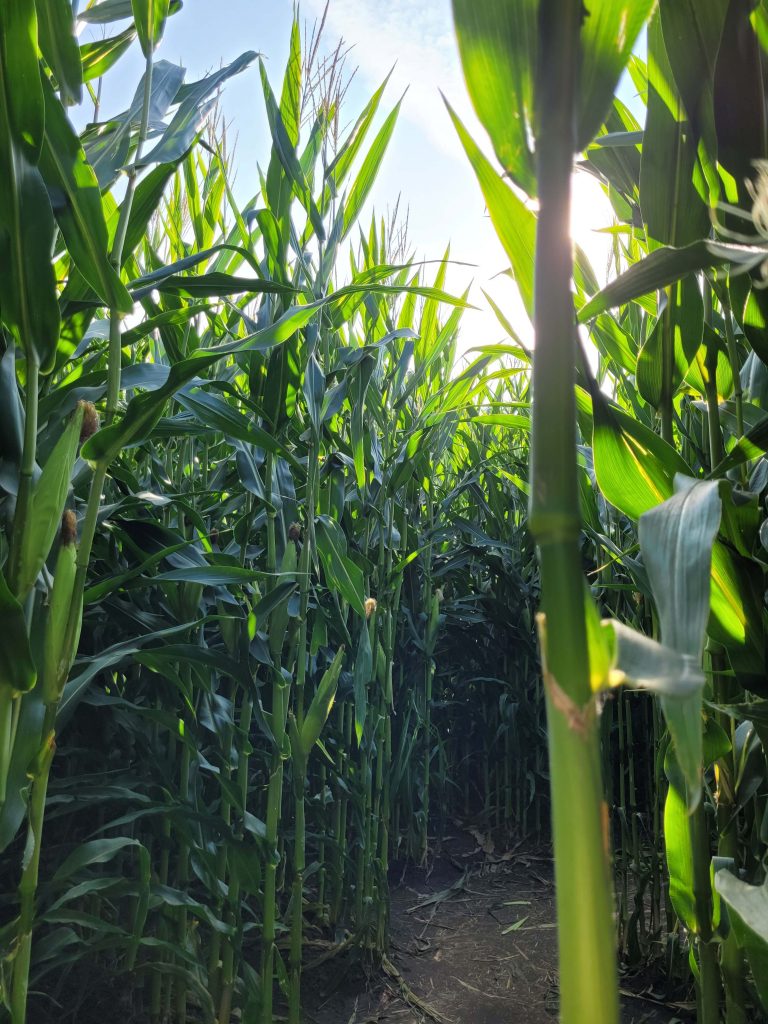
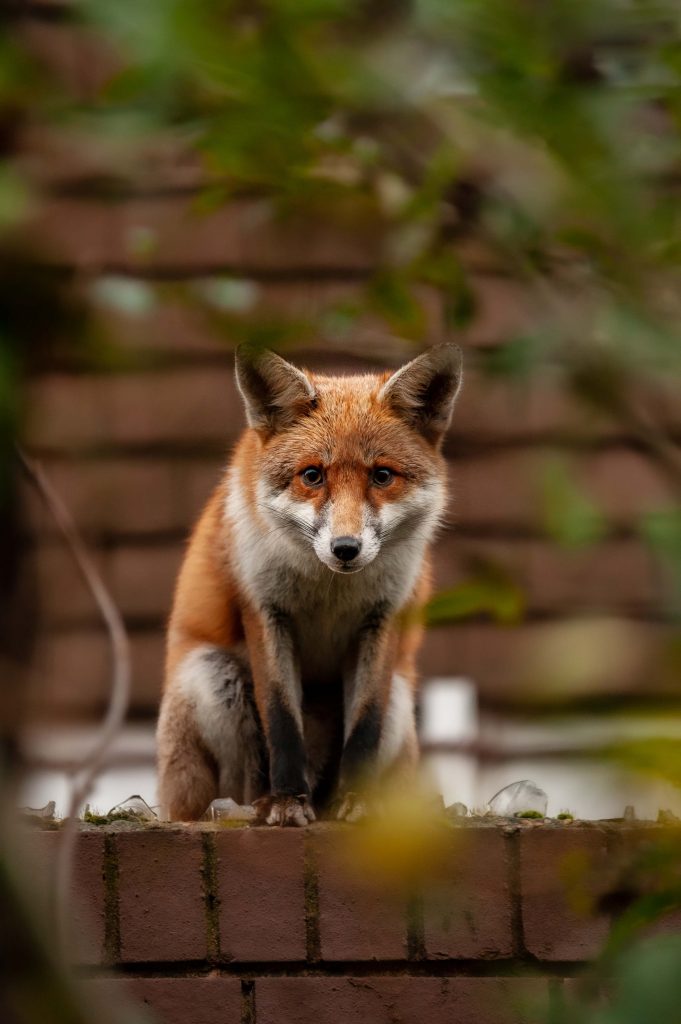
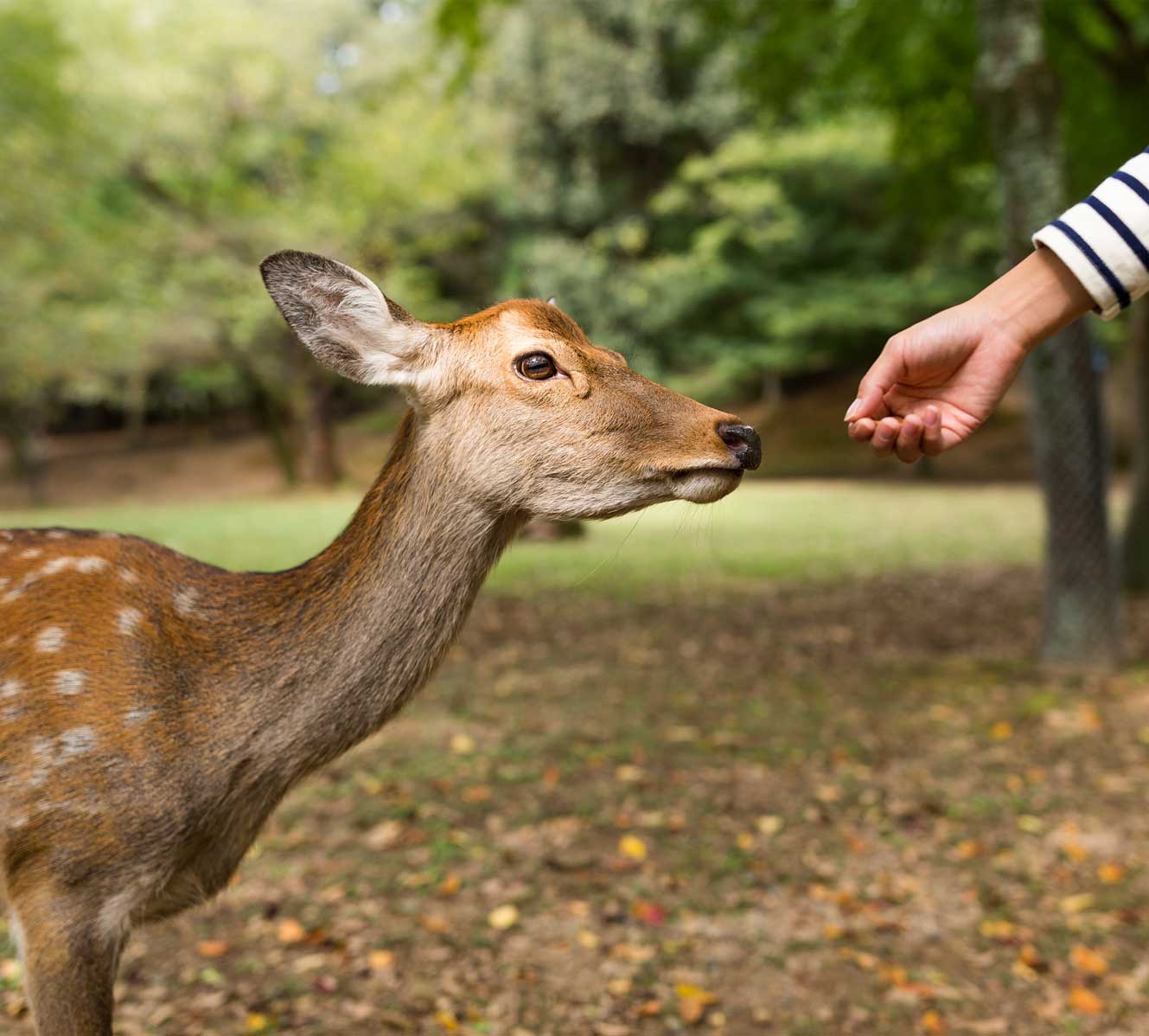
Wildlife monitoring also allows calibrating and better understanding the relationship between population abundance and damages (overabundance), so as detecting early possible threats to biodiversity, agriculture, animal health, and human well-being
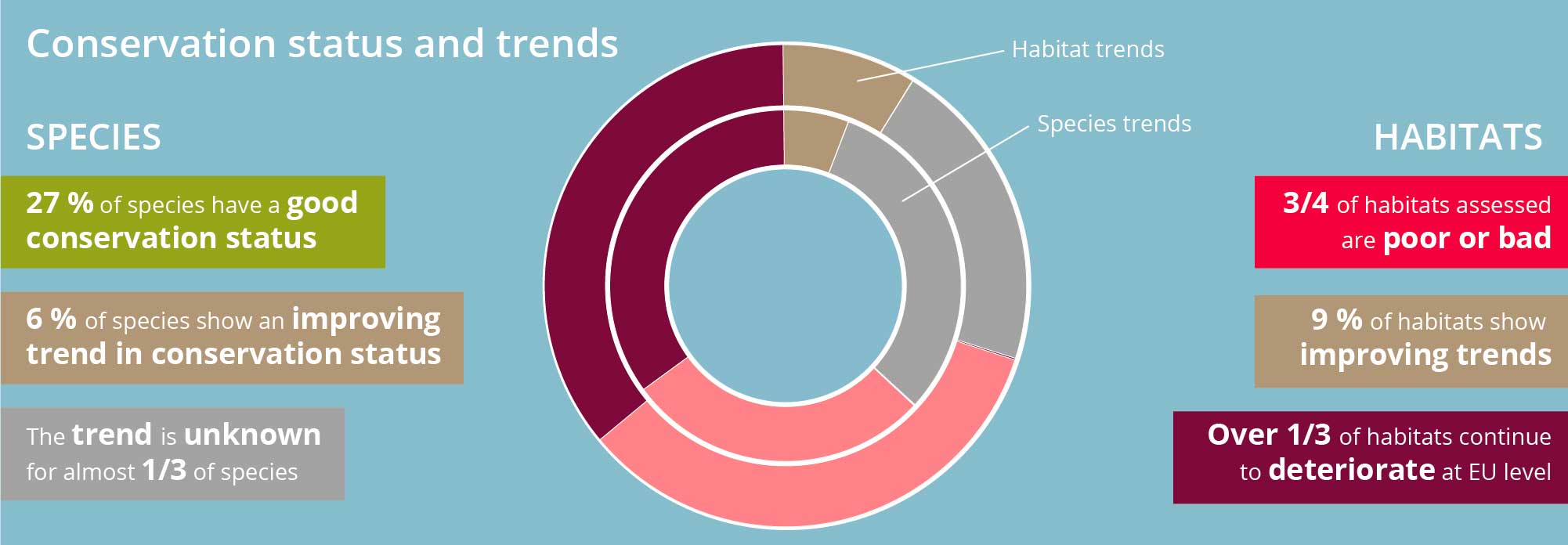
The European Union (EU) protects 1 389 animal and plant species and 233 habitat types. The latest assessment shows that habitats and species protected under the EU Habitats Directive have a predominantly unfavourable conservation status at 81 % for habitats and 63 % for species. EU Member States report on the conservation status and trends in species and habitats within each biogeographical and marine region every six years under the EU Habitats Directive. Additionally, such reporting collects comprehensive data on pressures and threats, conservation measures and the role of Natura 2000 sites. This information is then used to assess the implementation of the Directive and the progress in implementing the EU Biodiversity Strategy (https://ec.europa.eu/environment/ strategy/biodiversity-strategy-2030_en ). Only 15 % of habitats and around 27 % of species have a good conservation status (source: EEA, https://www.eea.europa.eu/themes/ biodiversity/state-of-nature-in-the-eu/habitats-and-)
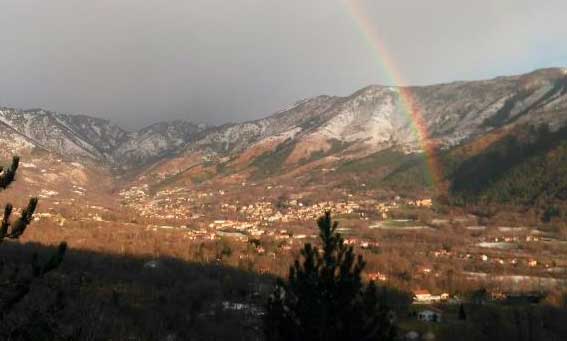

The disease at the interface with wildlife in Europe: One Health perspective
Shared diseases have a strong impact on the European economy, with implications beyond the wildlife and livestock sectors.
More and more, interventions at the wildlife-livestock interface will require prior negotiations and involvement of stakeholders from the livestock sector, the hunting scene, and the more open-minded conservation NGOs. For that, wildlife monitoring data is essential.
We are facing a new era where the rewilding of many lands, with the consequent increase in many wild species, will cope with a more fragmented landscape with an increment of suburban areas that will boost the overlapping of wild and domestic animals and of animals and humans also for pathogen transmission.


Environmental changes in Europe include new “Naturban” areas (a mix of urban and natural environment). (a) As an example, in this alpine valley the scattered presence of home, is coupled with abandoned woods and pastures that hosts abundant populations of wild boars, roe deer, chamois, foxes and wolves. Therefore, at the end of the rainbow in his backyard one can find, despite a jar of coins, (b) hundreds of ticks from different genera (Ixodes, Dermacentor Haemaphysalis and stages) infected by several pathogens (Pictures: E. Ferroglio).
Land use and climatic changes are reshaping also vectors distribution and abundance such as sandflies and ticks.
To face the challenge represented by this complex network between local and global chances, wild and domestic animals, vector and pathogen and human activities, wildlife medicine will move from the small circle of adept and embrace clearly the One Health approach, but moreover that wildlife diseases issue must be fully embedded in policy maker decisions.
Risk assessment for pathogens of interest for humans and livestock requires the availability of presence and abundance data on wildlife which can represent reservoirs for pathogens.
Examples of potential interactions between wildlife and livestock in different habitats and husbandry regimes over Europe. Wild boar are probably one of the most relevant target species for integrated disease surveillance in Europe and, eventually, for targeted disease control interventions at the interface (e.g. Classical swine fever, African swine fever, tuberculosis). The left column represents the animals, and the right one, the habitat they inhabit, respectively. (a-b) Domestic pig foraging free on alpine pasture in the French Pyrenees close to the Spanish border. Free-range pig husbandry occurs in many European countries. This is a risk for disease transmission. (c-d) Direct contact between wild boar and pigs in South Central Spain, where Iberian pigs typically graze savanna-like habitat conformed by oaks (dehesas) during the mast season. (e-f) Indirect interaction between extensively reared pigs and wild boar in Sardinia Island (image A. Pintore). (g-h) Indirect interaction between wild boar and cattle in Doñana National Park (Southwest Spain) in pasturelands associated to the marsh-woodlands ecotone (Gortazar et al. 2021).

